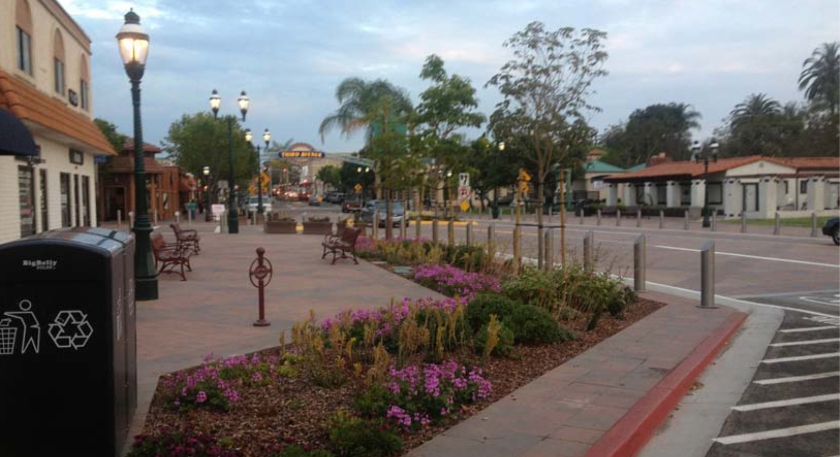As we find safety and comfort in telecommuting during this pandemic, we are rightfully questioning the need to live within proximity to workplaces, office parks, and large city employment centers. We aren’t sheltering-in-place as much as we have been sheltering-in-our-neighborhoods, and we’re recognizing that walkability, bikability and an active, healthy lifestyle is easier to achieve without wasting time in a car commuting for our every daily need. With small towns and gateway communities being seen by upper middle class families as ‘livable’ places again, folks are relocating to small towns in close proximity to national parks and wilderness recreational areas to live a more outdoor recreational and lifestyle. This Fast Company ‘Zoom Town’ story alludes to one of the many lessons being taught by Covid-19… the value and pleasure of an active lifestyle (replacing the time spent commuting).
Another lesson is that individual ‘jobs’ are now mobile and families are more free to relocate, which is similar to retirees with a only few differences. My experience in planning for new residents in the small gateway towns of Taos, Joshua Tree, and Borrego Springs (adjacent to Anza Borrego Desert State Park) is to carefully balance the need for long-term local resident economic stability (that funds small town local amenities) with the value and disruptions that high visitor demand brings to national park seasonally. This tradeoff is precarious to manage and zoom/boom towns need useful planning tools to avoid being a bust.
This balancing act is artfully told by Stephen Spielberg in the horror movie, Jaws. Except that COVID-19 is the shark, and the little town of Amity is a gateway town to the beach, with the overwhelmed sheriff trying to balance the safety and needs of the locals with the mass of summertime visitors that help the town survive the rest of the year. The Sherriff’s solution was to blend local knowledge (Quint) together with outside expertise (Hooper). There are several new toolkits online to provide that outside expertise to help towns adjust to new realities. In addition to the Gateway and Natural Amenity Regional Initiative toolkit referenced in the Fast Company article, friends and colleagues, PlaceMakers, have released their small town and cities Pandemic Toolkit, here, in response to these new challenges imposed by COVID-19.



